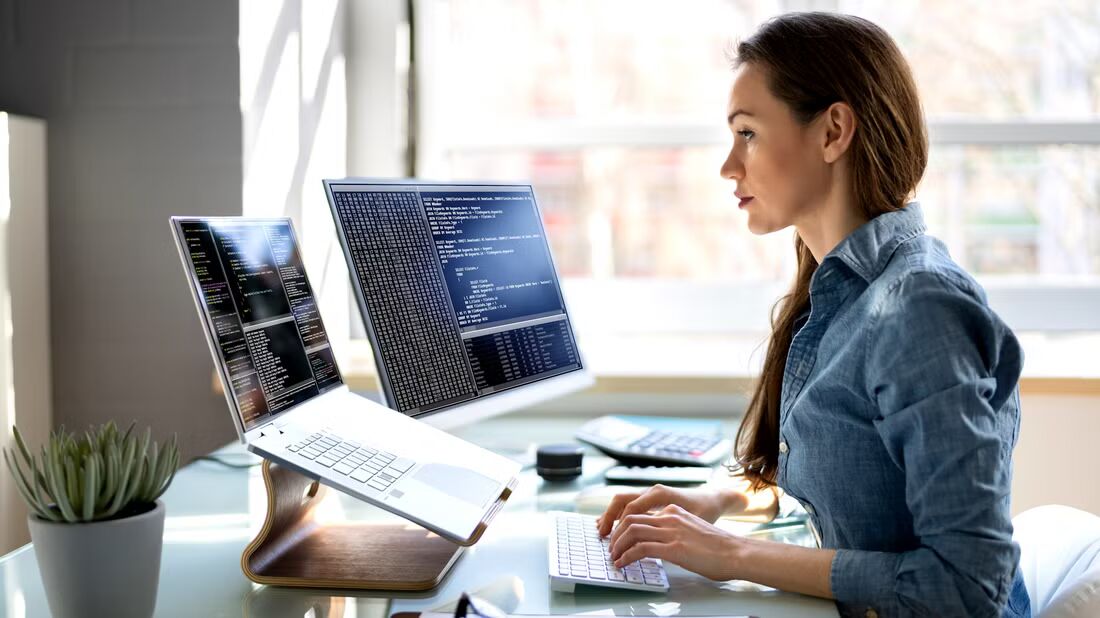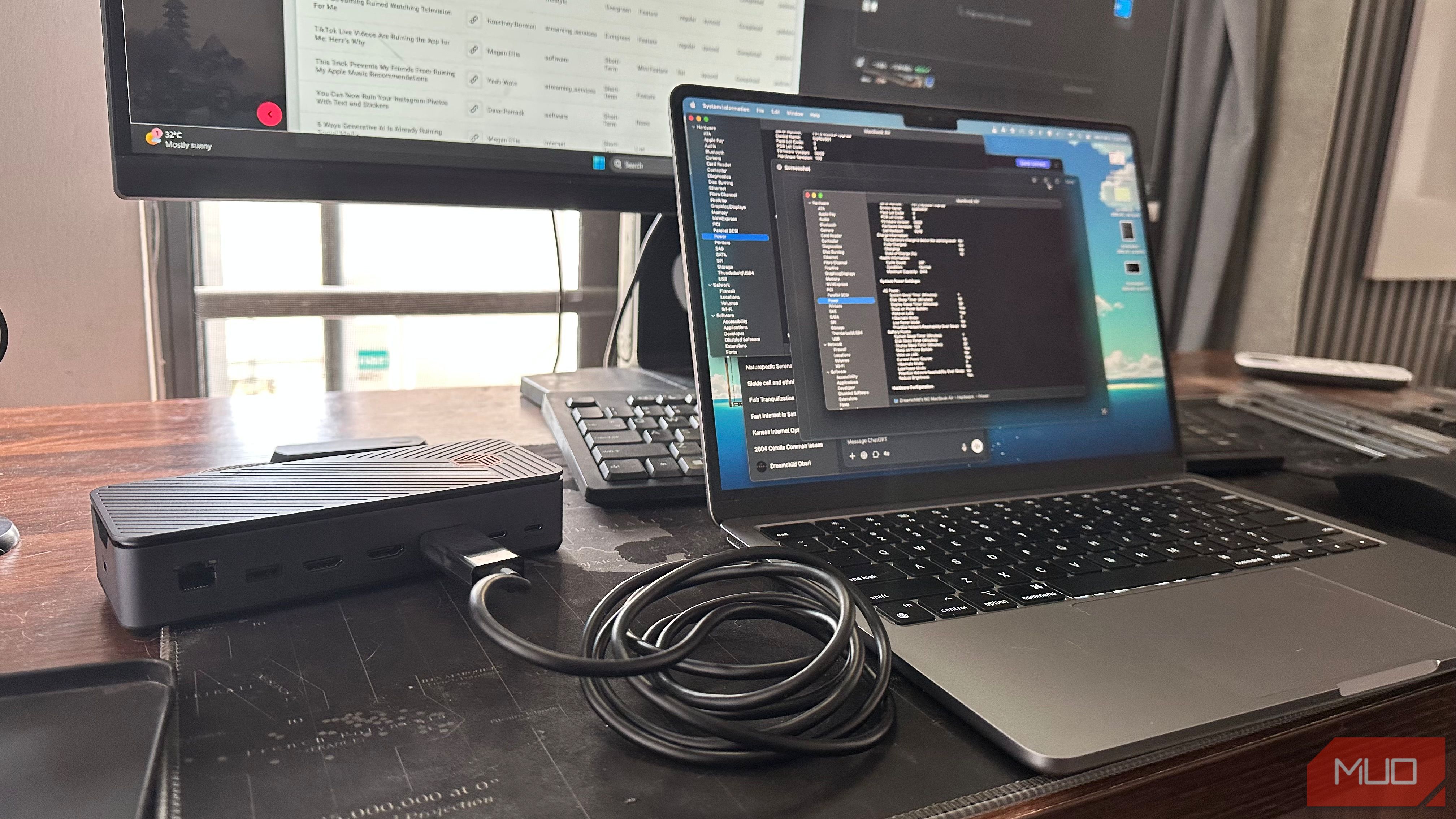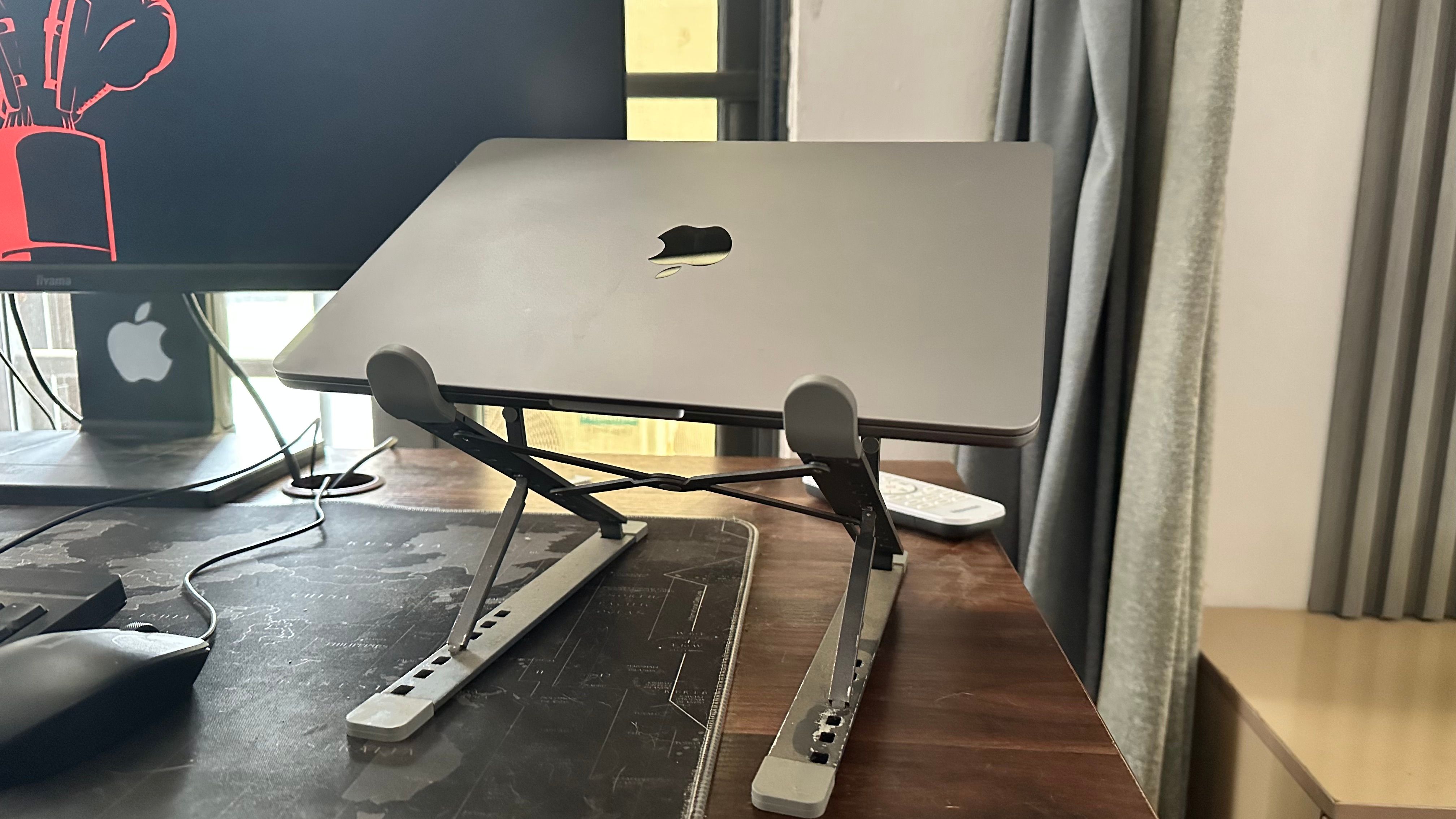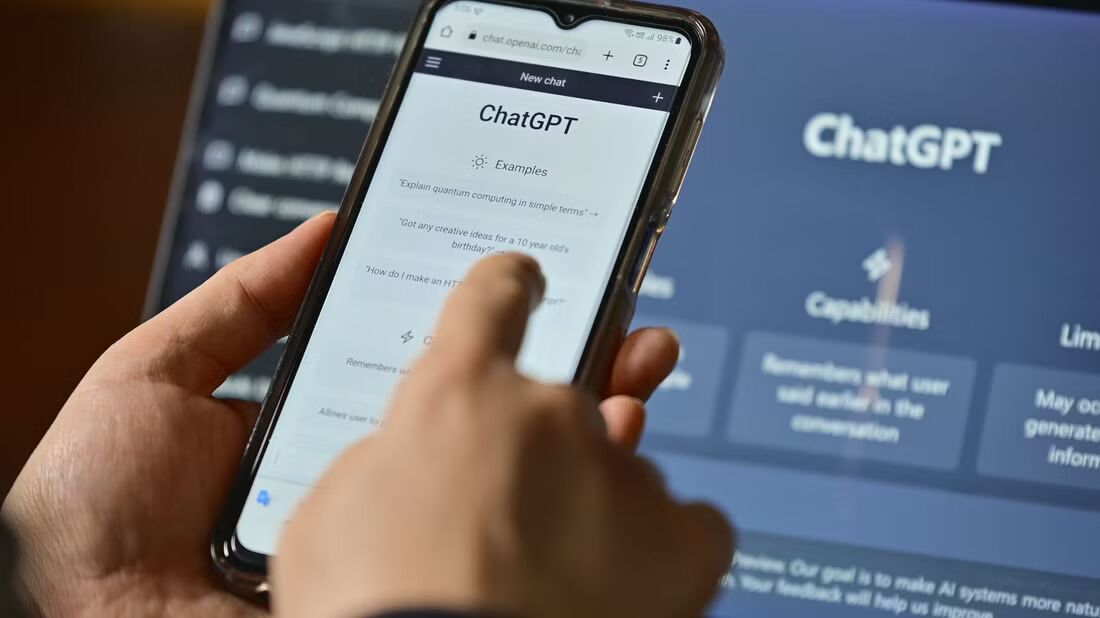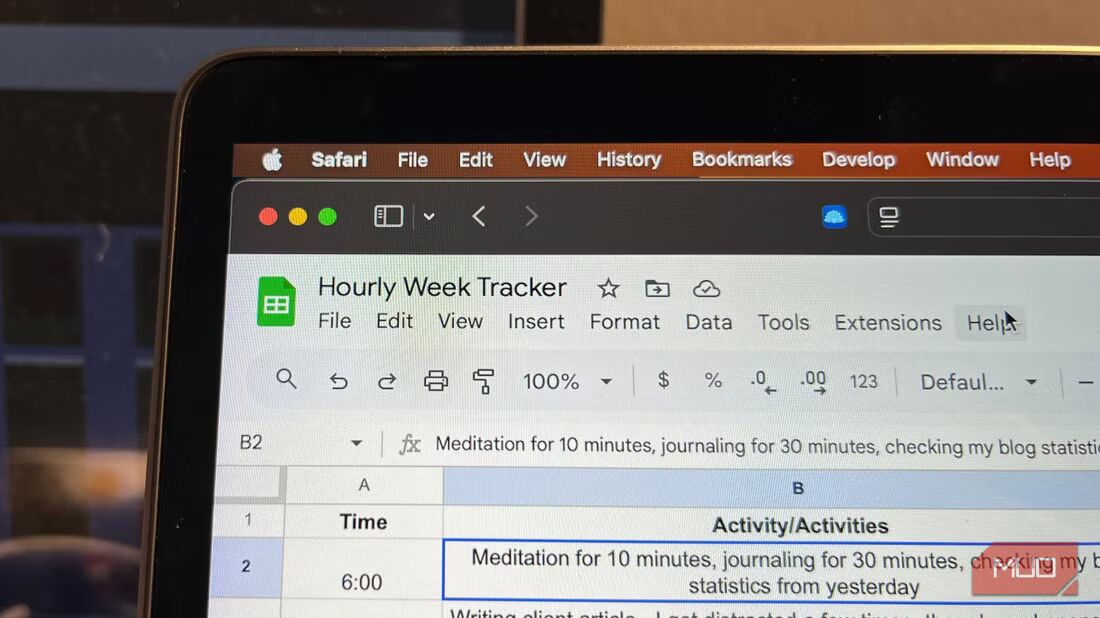I use my laptop with an external monitor. It’s a great combination for productivity and helps me get my work done. But I found my laptop mysteriously draining overnight, and its battery life was beginning to shorten.
The culprit? Keeping my monitor connected to my laptop, even in sleep mode.
Is Your Laptop Battery Suddenly Draining?
Anyone who has owned an Apple silicon MacBook knows its long battery life is one of its best features. So, imagine my surprise coming back to my desk after each daily work session to discover that my asleep MacBook had drained overnight.
What was the cause? After a week of idly thinking about the problem, it hit me—it was my monitor. I was sure because my MacBook never drained overnight while away from my desk. I had to test it to make sure, so I unplugged all peripherals and let my laptop sit at my desk overnight. Sure enough, the battery level was pretty much the same as where I’d left it.
That’s when I knew that my monitor was killing my laptop’s battery.
Why Your Monitor Is a Secret Laptop Battery Killer
The science behind the extra power drain is relatively simple; processing images for another screen requires extra power for your laptop’s GPU. How much power it uses varies depending on what you’re doing on the second display and what kind of setup you have. Laptops with dedicated GPUs, for instance, use more power than those with an integrated GPU. Similarly, 4K HDR displays demand more power from your laptop than regular HD panels.
Of course, this seems obvious. An external monitor will use more processing power and drain your battery faster. However, the issue is that this will still happen when your laptop is asleep. From my testing, as long as the OS detects a second display, it will try to process it—even while asleep or the monitor is powered off. Additionally, using an external display for work, videos, or gaming will cause your battery to die quicker or force you to use your laptop while it’s plugged in, which spells doom for lithium-ion batteries.
For those who don’t know how lithium-based batteries work, lithium-ion batteries have a limited number of cycles before they’re considered unusable (usually around 1,000 for laptops). A cycle passes each time your laptop reaches 0 percent from 100. So, using an extra screen will cause your battery to drain faster, causing it to burn through cycles quickly. You can check how many cycles your laptop battery has completed to give you an idea of overall battery health.
Another thing that’s really bad for batteries is heat, and all that image processing and constant charging generates a lot of heat. As you can see, this is a vicious cycle of draining, charging, and heat.
In short, constantly using an external screen with your laptop is a battery lifespan speedrun.
Why MacBook Owners Have It Worse
If you’ve ever connected your MacBook to a monitor while its lid is closed, you might have noticed that it won’t work unless it’s charging. Remember how I said earlier that charging your laptop causes heat, and your monitor’s GPU processing also generates heat? Well, Apple forces this on you when you close the lid. I’m not sure why they designed MacBooks like this, but that’s the reality.
You see, Apple laptops are built to dissipate heat through the keyboard. Closing the lid doesn’t allow the laptop to cool as efficiently. Like it or not, this will affect the battery’s long-term health—regardless of Apple’s superb thermal regulation system because the negative effects tend to cumulate over time.
Even worse, despite rumors you may have heard, keeping your MacBook’s battery charging constantly is bad. Keeping a lithium-ion battery at 100 percent strains it and causes it to wear faster. You’ll find that your MacBook may struggle to hold a charge after a while of using it like this.
How to Stop Your Monitor Destroying Your Laptop Battery Life
Honestly, the best way to prevent your monitor from killing your laptop’s battery is by not using your laptop with your monitor at all. If it all, use it sparingly, as a matter of necessity. My fix was to use my desktop for all desktop-suited things and leave my laptop for when I want to work away from my desk.
That said, there are some tips I could give you if the aforementioned is not an option for you:
- Use a laptop stand. It might sound small, but the air running below your laptop will help cool it down.
- Physically disconnect your monitor from your laptop while not using it. As soon as your work session ends, ensure no wires connect the laptop to the monitor.
- Because of all the smart battery-saving features of newer-generation laptops, like Apple’s Optimized Battery Charging or Windows Smart Charging, it’s better to leave the laptop plugged into power. These features try to prevent the laptop from reaching 100 percent; even when it does, it’ll mitigate the adverse effects. So, you might want to invest in a USB-C monitor and cable that will display video and charge your laptop.
- Use less power-hungry monitor setups. Change your resolution to something lower settings or use only one small monitor for your laptop.
Combine these tips with good laptop charging habits to keep your laptop battery healthy for longer and save you from those costly, inconvenient battery replacements.
